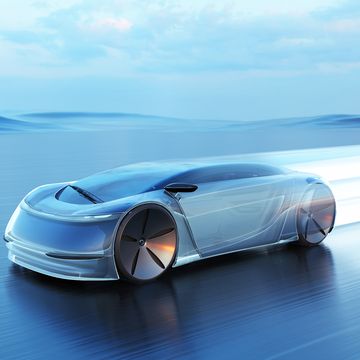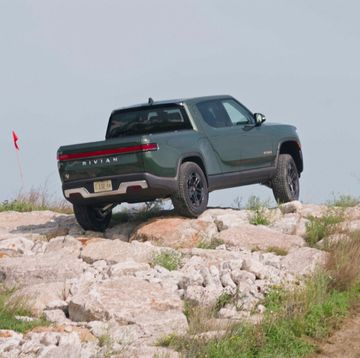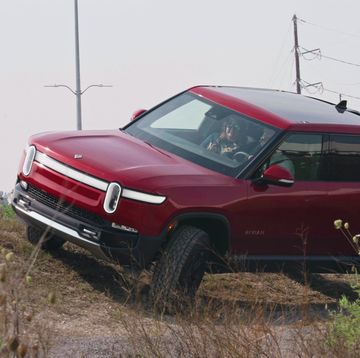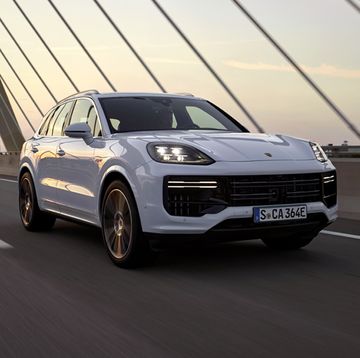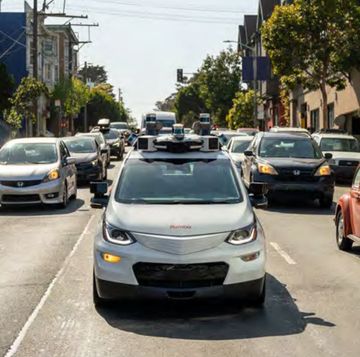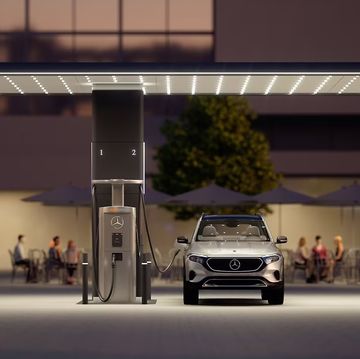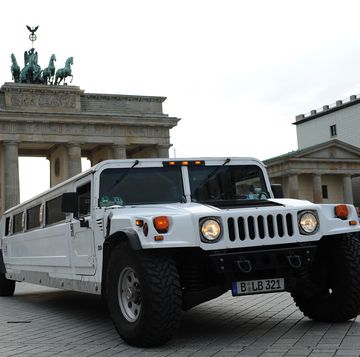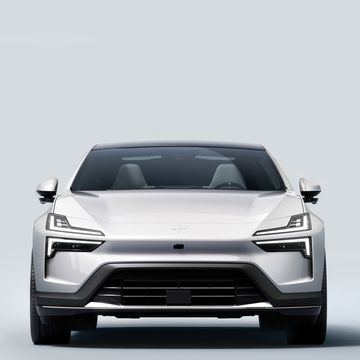- Lithium Iron Phosphate, or LFP, has many advantages, but right now it doesn’t work so well in cold or hot weather.
- General Motors says it’s leading a $60 million Series B financing round in Mitra Chem, a Silicon Valley-based, “AI-enabled battery materials innovator” that could lead to cheaper batteries that are easier to source.
- GM says to expect results by the end of this decade, or earlier.
General Motors announced a $60 million investment in a Silicon Valley battery innovator called Mitra Chem today, with the aim to make electric car batteries more affordable and accessible.
Right now, most EVs are powered by lithium-ion batteries, a mix that requires expensive and rare chemicals, including lithium cobalt oxide on the cathode and graphite on the anode. Lithium Iron Phosphate (LFP) is not only cheaper and more abundant but avoids many of the problems associated with cobalt, such as sourcing it and paying for it.
The advantages of LFP batteries include a longer cycle life, no leak or fire risk, no maintenance, lighter weight, and improved discharge and charge efficiency.
Of course, LFP has disadvantages, the main one being that it doesn’t work as well below freezing or in high heat. So that’s a deal breaker for a lot of locations where you might need to drive your car year-round.
But that is for LFP as it is now. Mitra Chem could conceivably find a solution that circumvents that. The company says it will sort through thousands of cathode designs each month in the search for new battery cell formulas.
“GM’s investment in Mitra Chem will not only help us develop affordable battery chemistries for use in GM vehicles, but also will fuel our mission to develop, deploy, and commercialize US-made, iron-based cathode materials that can power EVs, grid-scale electrified energy storage and beyond,” said Mitra Chem CEO and Co-Founder Vivas Kumar.
So watch this space.



